The History of eCommerce - How it All Started
Learn about the history of eCommerce, how it all started, the launch of the major tech and platforms that power online sales today and the future trends.
Updated November 6, 2024
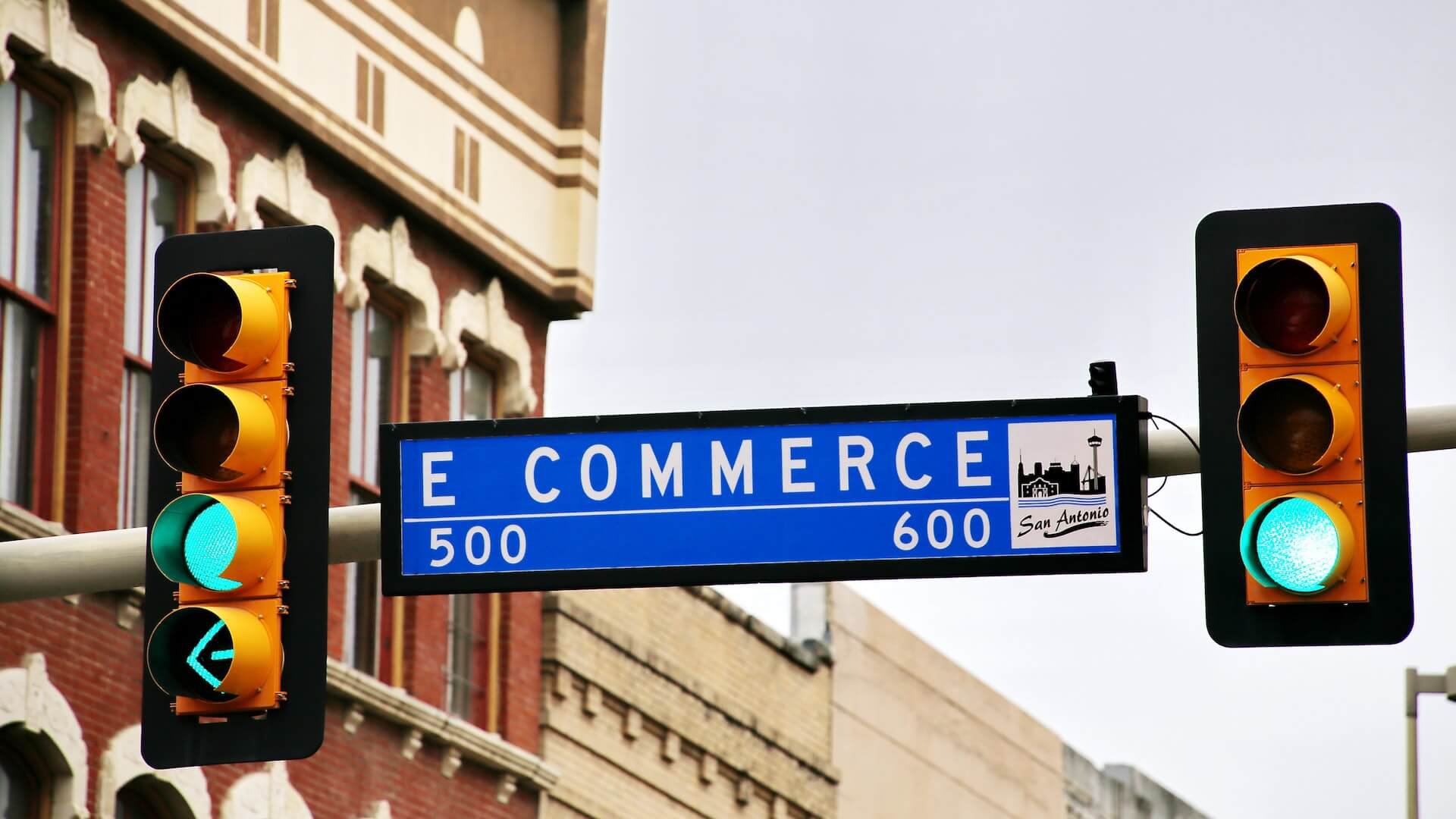
The history of eCommerce is an interesting one, tracing its roots back to the early days of the internet. From humble beginnings as a way for individuals to buy and sell goods online, eCommerce has grown into a multi-billion dollar industry that has revolutionized the way we shop.
Today, online sales are commonplace and have become an integral part of our lives. The development of eCommerce has been a long and winding road, and it is important to understand how it all started.
When did eCommerce first start?
The first recorded instance of eCommerce was in 1971 when students at Stanford University used the ARPANET (the precursor to the internet) to buy and sell marijuana. This early experiment was short-lived, however, as the university soon shut down the operation.
It wasn’t until 1979 that the first commercial transaction was made online. This transaction involved the sale of a Sting album from a company called NetMarket.
What is electronic commerce?
Electronic commerce (or eCommerce) is the buying and selling of goods and services on the Internet. It involves online retailers and brands using eCommerce platforms or their own websites to accept payments, process and ship their products, and delight customers.
The eCommerce industry has grown by leaps and bounds in the last few decades.
- Experts predict that eCommerce sales are set to hit $5 trillion globally.
- Mobile commerce global sales are projected to reach $728.28 billion by 2025.
- Mobile eCommerce transactions are growing at a rate of 29% per year.
» Want to stay ahead of your competitors? Read our guide on the latest eCommerce trends.
When was online shopping invented?
Online shopping was invented by entrepreneur Michael Aldrich in the United Kingdom in 1979. Aldrich was the first one to create a multi-user transaction via a computer and a telephone line. The system was marketed in 1980 and was sold across Europe to B2B businesses.
When was the first online transaction?
The first-ever online purchase was made in 1994, and it involved a Sting CD. It was documented in the August 12, 1994 issue of the New York Times, titled “Internet is Open,” where a “team of young cyberspace entrepreneurs celebrated what was apparently the first retail transaction on the Internet using a readily available version of powerful data encryption software designed to guarantee privacy.”
Pro tip: Want to scale your eCommerce shop? Check out our list of the best eCommerce experts to hire.
Ecommerce timeline
Here’s a brief timeline of the incredible rise of e-Commerce businesses, from inception, all the way to modern developments.
1979: Michael Aldrich invents electronic commerce
Michael Aldrich introduced electronic shopping by hooking up a modified TV to a transaction-processing computer via a telephone line. This technology made it possible to transmit payment data securely and became the foundation for modern e-commerce.
1982: The first eCommerce company launches
Boston Computer Exchange launched in 1982. It was an online marketplace for people interested in selling their used computers.
The 1990s saw the emergence of eCommerce as we know it today, with companies such as Amazon and eBay leading the way. These companies allowed individuals to buy and sell goods online, creating an entirely new market for businesses to tap into.
1992: The first eCommerce marketplace launches
Book Stacks Unlimited was launched in 1992 by Charles M. Stack. Originally it was a dial-up bulletin board, but it was later launched as an online marketplace from the Books.com domain
1994: Netscape Navigator launches as a web browser
Before Google ever came onto the scene, Marc Andreessen and Kim Clark launched the world’s first web browser called Netscape Navigator. It became the primary web browser on the Windows platform during the 1990s.
1995: Amazon launches
Jeff Bezos launches the business to become the world’s largest eCommerce marketplace. It was initially started as an eCommerce platform for books. That same year the famous security protocol SSL was launched, which helped make online sales more secure.
The growth of eCommerce was further accelerated by the emergence of online payment systems like PayPal, which allowed for safe and secure transactions.
1998: PayPal launches as the first eCommerce payment system
PayPal was started by four founders - Max Lebhin, Peter Thiel, Luke Nosek, and Ken Howery. It was a money transfer tool that later merged with Elon Musk’s online banking company in 2000. It first offered payment processing for online vendors and other commercial users and then spread out from there to the general public.
1999: Alibaba launches
Alibaba Online launched as an online marketplace. It had more than $25 million in funding and by 2001 it was profitable. It quickly became the largest online eCommerce platform for B2B, C2C, and B2C transactions.
2000: Google launches Google Adwords
Google Adwords ushered in a new era of online advertising. It was the first tool of its kind that let traditional retailers advertise their products to searchers on Google. This was the beginning of pay-per-click (PPC) advertising.
2004: Shopify launches
Tobias Lutke and Scott Lake launched Shopify as an eCommerce platform for online stores and point-of-sale systems. It is now the platform of choice for ~80% of all eCommerce brands globally. It was the first shopping cart software of its kind.
» Have a Shopify store and need help to grow sales and establish new channels? Talk to one of our top-notch Shopify experts today!
2005: Amazon introduces Amazon Prime membership
In an unprecedented move, Amazon launched Amazon Prime, which created a way for their customer base to get free two-day shipping for a flat annual fee. The program has over 150 million members worldwide and helped the company boost its loyalty and repeat purchases. Studies show that 20% of Amazon Prime members shop on Amazon a few times per week.
Amazon later launched the Amazon FBA program, which completely revolutionized how eCommerce brands handle logistics.
2005: Etsy launches
Etsy is the first online marketplace for crafters and sellers of handmade goods. It launched in 2005 and marked an important milestone for the “maker community”. The unique marketplace has over 4.3 million sellers.
2009: BigCommerce launches
BigCommerce is a 100% bootstrapped eCommerce platform launched by Eddie Machaalani and Mitchell Harper. Unlike Shopify, BigCommerce had no transaction fees so it offered an edge for new brands entering the market.
2008: Groupon launches
Groupon is a global marketplace that connects subscribers to local merchants through deals and promotions. By 2010 it was available in 150 in North America and 100 cities in Europe, Asia, and South America. Groupon later launched a goods marketplace in 2015 called Groupon Stores. It was a way to bridge the gap between online and brick-and-mortar stores.
2009: Amazon acquires Zappos for $1.2 billion
This marks the first major acquisition of an eCommerce marketplace by a tech giant.
2011: Google Wallet is introduced
This is the first digital payment to come out after PayPal and become a global standard. Google Wallet introduced a way for individuals to send and receive money from a mobile device or desktop computer. It later became part of Google Pay.
2011: Facebook rolls out the first form of advertising
Facebook’s earliest advertising was offered to Business Page owners via sponsored stories. It provided a way for brands to advertise in users’ news feeds by promoting the users’ organic posts.
2011: Stripe launches
Stripe is a unique payment processing company that launched in 2011 and provided brands a much easier way to process payments.
2011: WooCommerce launches
WooCommerce is a competitor to Shopify and WooCommerce and it introduced the first way to launch WordPress eCommerce sites. It was the first shopping cart software of its kind.
2014: Apple Pay is introduced
Apple Pay is launched and becomes the third large payment method behind Google Pay and PayPal for online shoppers. It allows users to pay for products and services using an Apple device.
2014: Jet.com launches
Jet was launched in 2014 by Marc Lore (who sold his previous company Diapers.com to Amazon) as a marketplace for bulk purchases of goods at the lowest prices anywhere. The company raised $820 million and was acquired by Walmart in 2016 for $3.3B.
2017: Shoppable Instagram is introduced
Instagram launched an integration with BigCommerce that allowed users to click on an image of a product and immediately go to the product page of that online store. It has marked a new way for retailers to use social commerce and advertise on social media and made Instagram the leading social media platform to promote the sale of goods.
2017: Cyber Monday sales exceed $6.5B
Cyber Monday sets a new record of eCommerce sales exceeding $6.5B, double what they were just 2 years prior in 2015. E-commerce platforms and digital marketplaces led the charge, with Shopify marketing generating over $1B. And that translated to an increase in retail sales with 51 million people shopping in physical stores over the Black Friday / Cyber Monday weekend.
2020: COVID-19 drives a 77% increase in eCommerce transactions
The COVID-19 pandemic pushed more consumers to shop online than ever. Studies show that by May 2020, eCommerce transactions reached $82.5B, a 77% increase year-over-year.
2021: The rise of the Buy Now, Pay Later option
BPNL has been around since the 1980’s but saw a huge surge of 230% in 2021 with the popularity of Afterpay, Affirm, and Klarna. These tools are backed by financial institutions and provide digital buyers a safe way to finance their purchases.
Later on, Shopify launched its own version called Shop Pay Installments, which is available to its 4+ million eCommerce websites.
Ecommerce in the future
The future of eCommerce looks bright. With the rise of mobile technology, more and more consumers are turning to their phones and tablets to shop online. This shift has led to an increase in demand for mobile-friendly websites and apps that make it easier for customers to purchase goods and services from anywhere.
Additionally, artificial intelligence (AI) is being used by many companies to personalize customer experiences and provide more targeted marketing.
AI is also being used to automate customer service tasks and provide more accurate product recommendations. Finally, blockchain technology is being used to secure payments and protect customer data. All of these advancements are helping to make the eCommerce experience more efficient and secure for both customers and eCommerce businesses.
Today, eCommerce is a multi-billion dollar industry that has revolutionized the way we shop. From humble beginnings as a way for buyers to buy and sell goods online, eCommerce has grown into an integral part of our lives.
As technology continues to evolve, so too will the way we shop, and eCommerce will continue to be a major part of our lives for years to come.

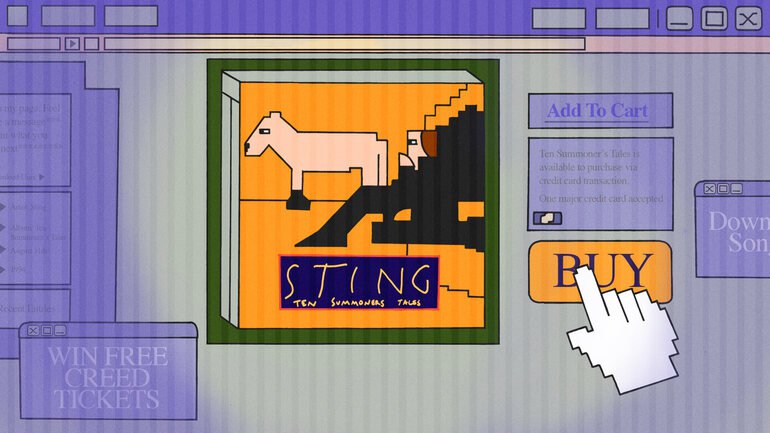

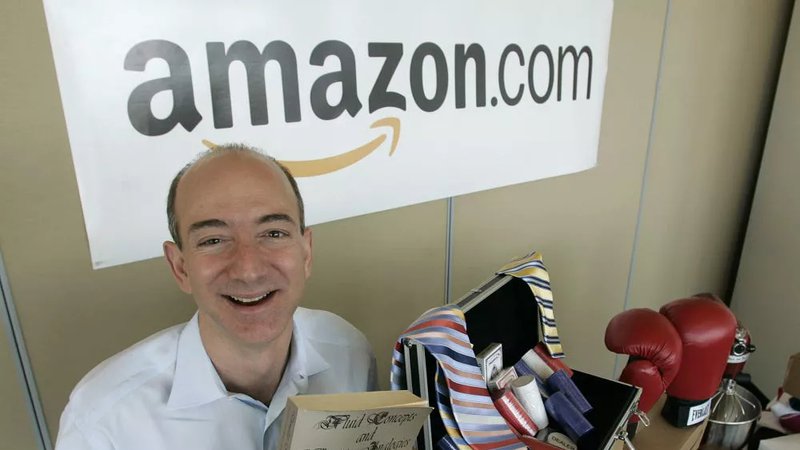
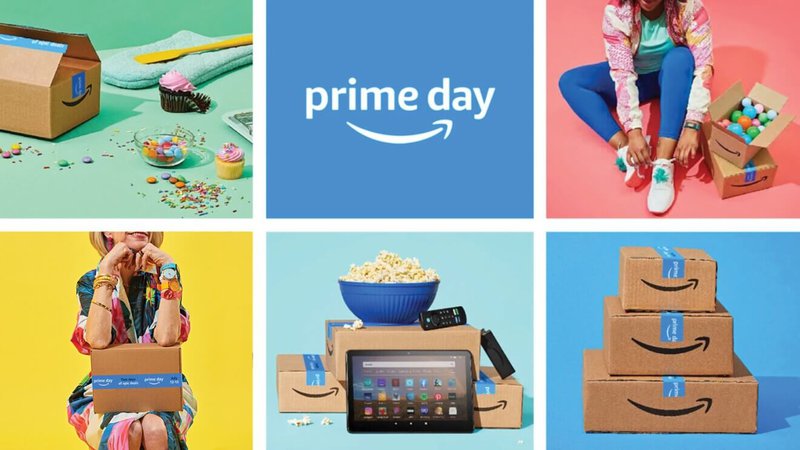
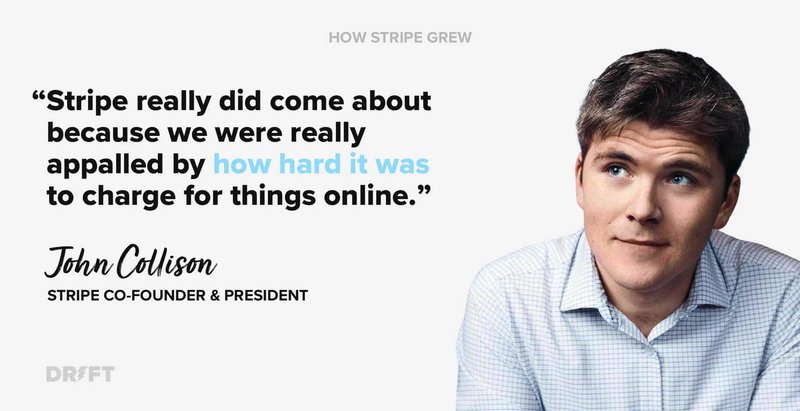




![[Interview] Andy Crestodina on How to Write the Best Content for eCommerce](https://entail.mayple.com/en-assets/mayple/fit-in/280x280/617ffbda87b85d76b2646986_maypleandycrestodinainterviewcontentmarketingforecommerce_15e1b97b4bf3af165365d906b9c5bea3_2000-1699776043224.png)